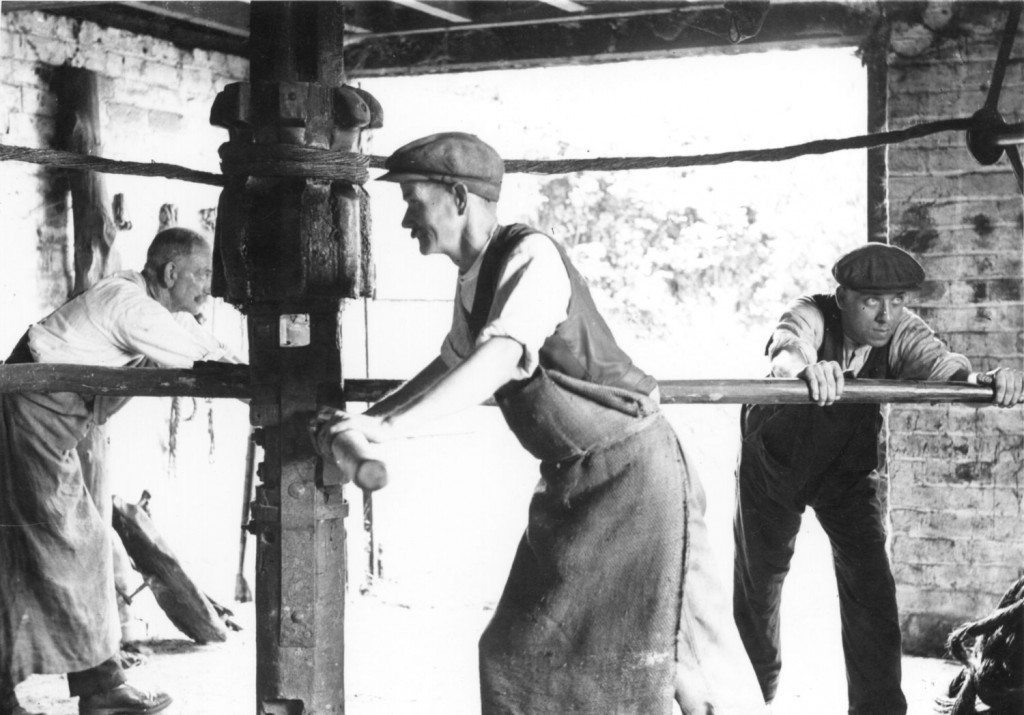Work and Labour
Image: Three men at Lowe’s ropeworks, Bewdley in about 1900 turning a capstan to wind rope.
[Image from: Bewdley Museum]
Men and women were employed on a variety of tasks, for instance rope spinning, rope finishing, twine finishing and labouring. Boys cleaned the raw hemp and cranked the “twisters” when yarn was spun into twine. Hours were long, up to 60 hours a week were common, and, as rope making was conducted in the open air, wet or freezing weather could make work difficult, unpleasant or impossible. The flooding of the river, a common event at Bewdley, could halt production, damage products and lead to the laying off of employees. Industrial injuries were possible. The firm’s records are not complete enough to provide evidence for early 19th century accidents, but later sources reveal show that equipment and machines could damage nails and fingers, hair could be caught in belting and workers could injure themselves slipping in icy conditions.
« Previous in this sectionNext in this section »Continue browsing this section
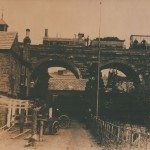 Rope Making
Rope Making
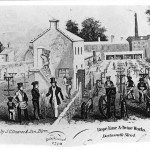 Rope Making and Bewdley
Rope Making and Bewdley
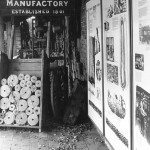 Lowe’s Rope and Twine Manufactory
Lowe’s Rope and Twine Manufactory
 Lowe’s Rope and Twine Manufactory
Lowe’s Rope and Twine Manufactory
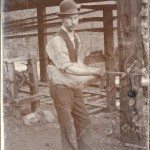 Work and Labour
Work and Labour
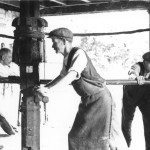 Work and Labour
Work and Labour
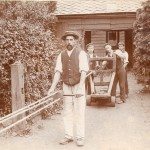 Products and Markets
Products and Markets
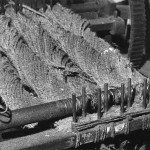 Products and Markets
Products and Markets
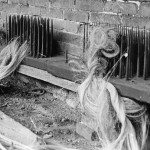 Rope Making: Dressing or Hackling
Rope Making: Dressing or Hackling
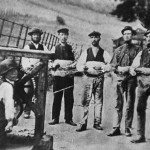 Rope Making: Spinning
Rope Making: Spinning
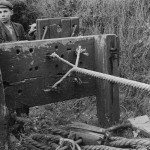 Rope Making: Laying the Rope
Rope Making: Laying the Rope
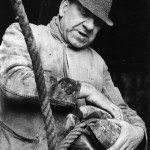 Rope Making: Inserting the Tops
Rope Making: Inserting the Tops
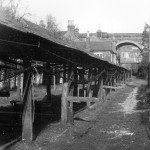 Rope Making: Stretching
Rope Making: Stretching
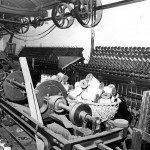 Rope: Making: Mechanisation
Rope: Making: Mechanisation
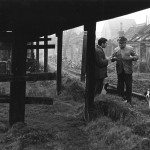 The Decline of Rope Making
The Decline of Rope Making



